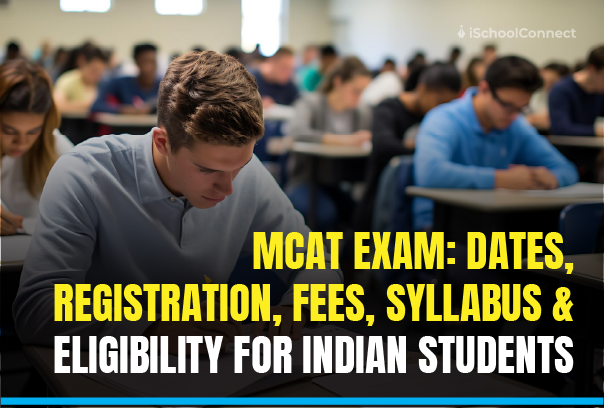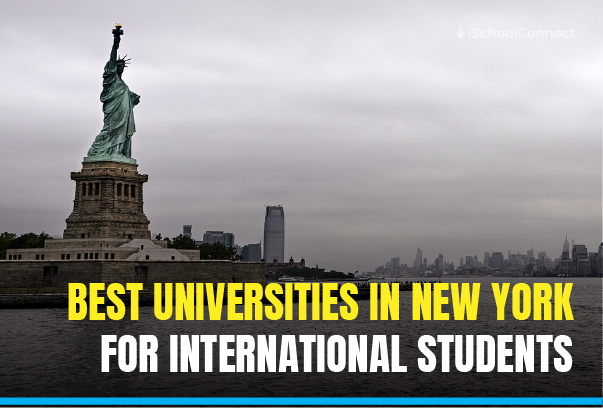In a decisive move on 2nd October, 2023, the Australian government unveiled measures to bolster student visa integrity and counteract scams linked to international student visas. Education Minister Jason Clare, Skills Minister Brendan O’Connor, and Home Affairs Minister Clare O’Neil jointly announced the strategy to reinforce the credibility of Australia’s esteemed international education sector, as Xinhua news agency cited.

Prohibiting incentives for educational agents
A swift, government-sponsored investigation into the potential abuse of the Australian visa framework prompted the introduction of these robust regulations to mitigate the prevalent manipulation of the system, the trio confirmed in a collective statement.
O’Neil emphasized, “This marks the end of a lenient era; any system vulnerabilities will now be addressed and resolved.” Under the new regulations, private educational institutions cannot offer incentives to educational agents who redirect international students from competitor entities.Consequently, this is a move to curtail agents from diverting students from top-tier universities to more affordable course options.
Monitoring international student attendance
Additionally, the government is launching an initiative to closely observe the attendance records of international students. This measure, designed to ensure the integrity and credibility of the visa system, seeks to deter individuals from exploiting student visas predominantly as a work pass in the country, safeguarding the interests of genuine students.
Rapid growth of student Visa holders
Recent statistics from the reputable Australian Financial Review newspaper highlight that by the end of June, the count of student visa holders in Australia reached an unprecedented 660,765, marking an augmentation of 203,000 since the onset of 2023. In light of recent data from the Department of Education in September, the international education sector contributed a substantial A$26.6 billion ($17 billion) to the national economy in 2022. This positions it as the fourth-largest contributor, following coal, iron ore, and natural gas.






